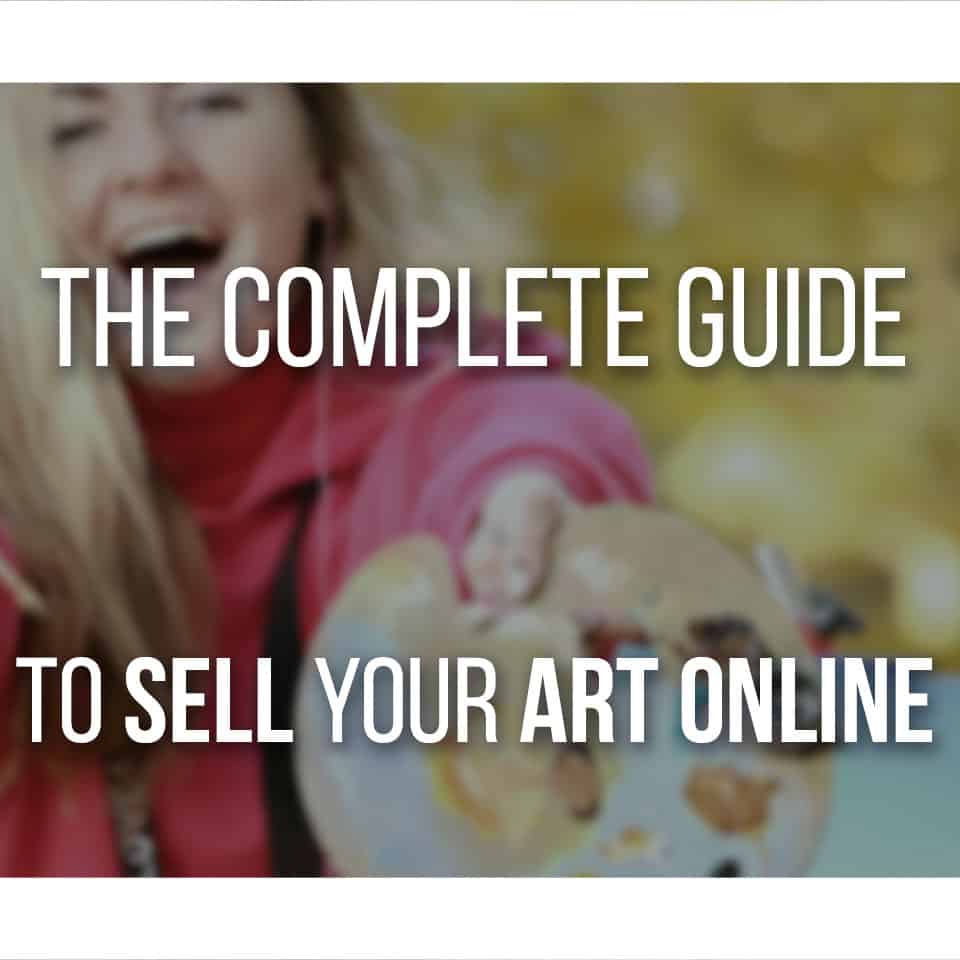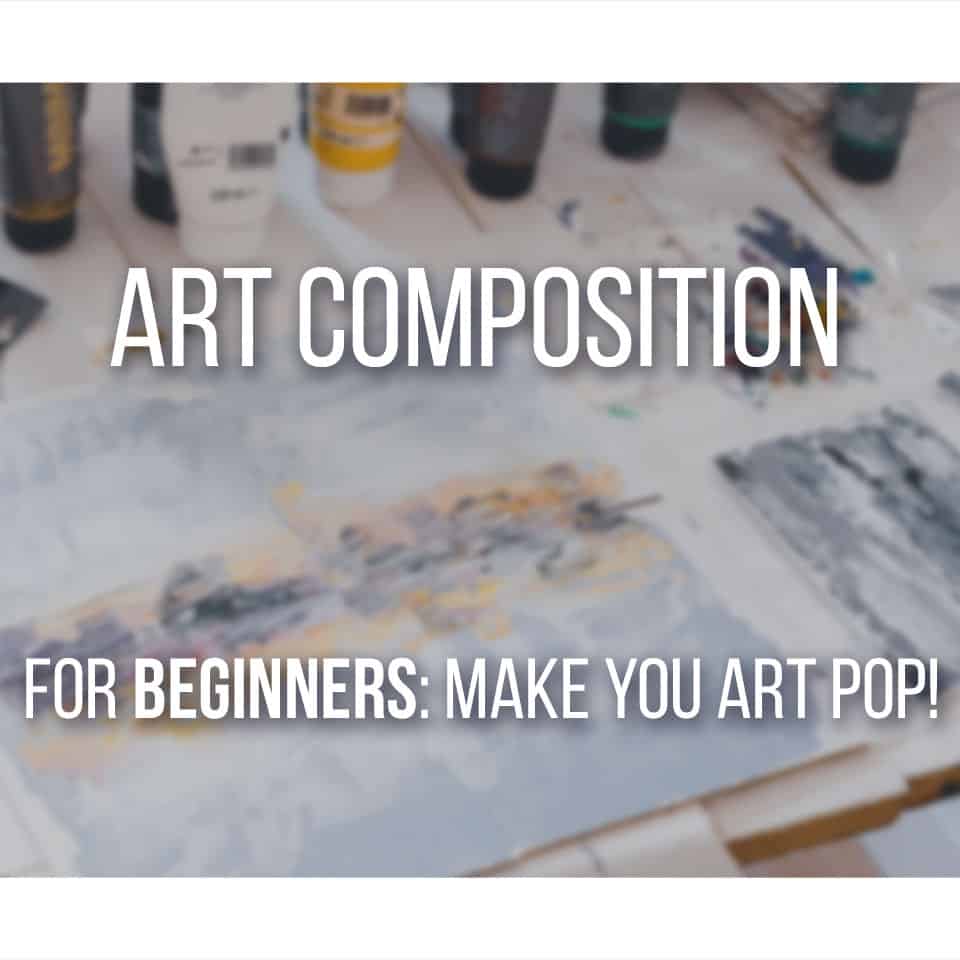Having a good art portfolio is essential for every type of artist, but there are some important art portfolio mistakes that you need to avoid.
This isn’t discussed much, so remember these tips when working on your art portfolio.
Here’s what to avoid in an art portfolio.
- Fan Art Only Portfolio
- Not Deciding On A Website Theme
- Very Broad Portfolio
- Not Updating Your Portfolio Over Time
- No Contact Form Anywhere
- Postponing Creating Your Portfolio
But let’s go through each point more in detail and see the best way to avoid these and make your art portfolio stronger than ever!
Table Of Contents
1. Fan Art Only Portfolio

I’m pretty sure every artist has done fan art before. In fact, this is how most artists tend to start drawing and creating!
Artists feel inspired by tv shows, cartoons, movies, and much more, and then they just want to draw that all the time. And perhaps you’re doing this too.
Don’t get me wrong, it’s perfectly healthy to draw fan art! I think it’s a wonderful way to improve your skills and join new communities.
But, in most cases, you shouldn’t include much fan art in your portfolio. Many potential employers and art commissioners will frown upon seeing a portfolio filled with fan art.
It can show that you’re not very creative and don’t have original work.
One minor exception is if you’re trying to attract potential work or viewers that want to see that fan art! There are quite a few artists such as Gabriel Picolo and sakimichan that include a lot of fan art in their art portfolios.
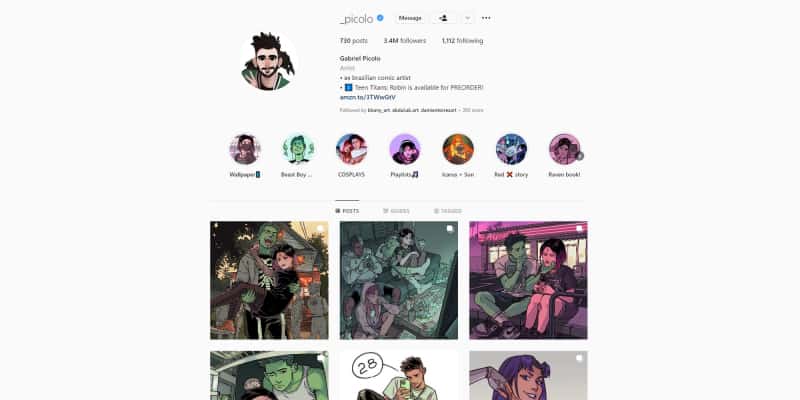
In fact, some artists only have fan art in their portfolios! They want to cater to viewers that like fanart and might even be interested in commissioning or supporting them.
But if you’re trying to reach big companies, I would recommend including only a few fan art pieces in your portfolio.
2. Not Deciding On A Website Theme
I’ve mentioned before that it’s a good idea to match your art portfolio website theme with the theme of your artwork. With that said, don’t get stuck in this part!
A website’s theme is a minor thing that you can easily switch. Just find one that you like and go for it.
Some portfolio websites include hundreds of themes available from the beginning, which can be overwhelming! Instead, I recommend you take a look at only the few that pop up first and pick one you like.

Another way you can go about this is to look at what other artists are doing. Here is a list of the best art portfolio examples to get inspired, along with some portfolio tips.
If you see a specific portfolio you like the layout of, try to find out what theme they’re using and use that one!
Try not to get overwhelmed with this indecision! You can always change your website’s theme later on.
3. Very Broad Portfolio
When I mention a broad portfolio, I mean broad in terms of the range of the portfolio, not the number of pieces.
Picking your best work and showcasing it is essential. You don’t want a massive portfolio with everything you’ve ever created over the years.
You also don’t want your portfolio to be very broad with pieces completely unrelated to each other.
For example, if you want to attract viewers interested in character design, focus on showcasing that. Don’t include several environment art pieces, sculpture, and visual effects!
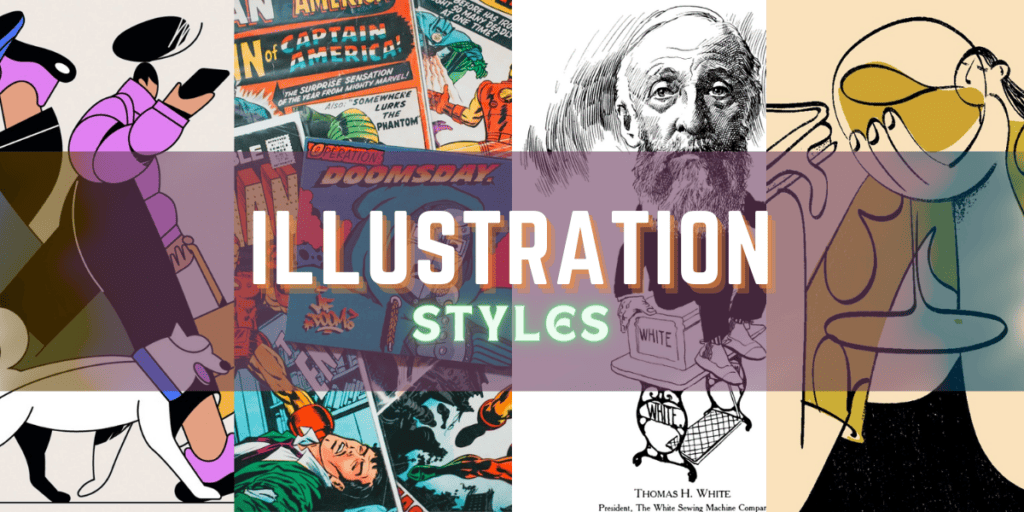
It’s OK to include one or two of those if you feel that it would improve your overall portfolio, though.
If you want to show your character design skills by including a version of a character standing still and another running, this is a fine example!
It shows your drawing and animation skills and will help you get a position if you’re interested in drawing and animating.
Don’t just show everything without first thinking if it fits your art portfolio and your artistic goals.
Your art portfolio should make sense and be easy to understand.
Focus on your strengths and what the potential viewer is looking for!
4. Not Updating Your Portfolio Over Time
If you’ve been practicing your artwork, you are a better artist than you were yesterday.
And this shows in your artwork!
Little by little, with each new drawing, each new doodle, and each new animation or photograph, you’re getting better.

So show that in your art portfolio! Keep updating your portfolio monthly if you have new pieces that fit your portfolio well.
Don’t be lazy with your portfolio, make a note somewhere or set a monthly alarm to check your portfolio and update it.
- See which pieces are getting views and which aren’t
- Get rid of old art that doesn’t fit your quality standards anymore
- Add new artwork
- Update Contact Information, Descriptions, “About Me” Section
- Update Commission Prices
- Consider Changing To A Better Theme
- Consider Changing Website
These are all things that might take you some time. But if it means that you get one more commission, one more patron on Patreon, or one more tip sent your way, that’s already worth it!
There are always minor improvements to make in your Art Portfolio, so don’t forget to look at it now and then.
5. No Contact Form Anywhere
Many artists forget this crucial element. If there’s no contact form or contact information easily visible in your art portfolio, you won’t get contacted!
It’s not rocket science, but so many artists forget to include this detail.
They miss out on potential clients and even huge jobs because they don’t have their contact information anywhere. That or it’s just a small note hidden at the end of the “About Me” section with an email address.
People will want to contact you! Some just want to congratulate you on your work and say that they love it. Others will spam you or even say some bad things about you (just delete those).
But the most important ones are the ones that want to reach you with potential offers.
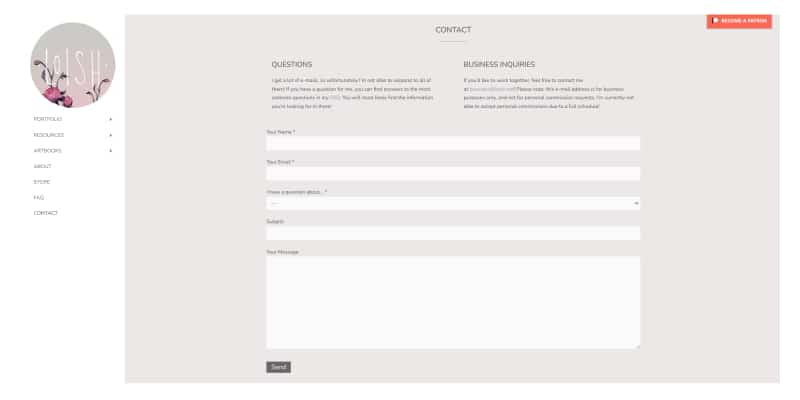
Keep a contact form easily visible in your portfolio. I recommend including it on the sidebar of your art portfolio if possible, and include a “Contact Me” link on the bottom of the page as well.
You can even create a mailing list for your viewers! If they enjoyed your work, let them sign up for updates in your contact form.
This requires a bit more work but will keep your viewers interested in your art and can be quite profitable if done correctly.
6. Postponing Creating Your Portfolio
The best time to create a portfolio is right now! Stop postponing the creation of your art portfolio.
I know artists waiting to create those “10 new amazing pieces” so they can finally create a good portfolio!
Turns out, they never quite get those done. Or they do them but then say “These are not good enough for a portfolio”, so they never create a portfolio in the first place.
Don’t be one of these artists!
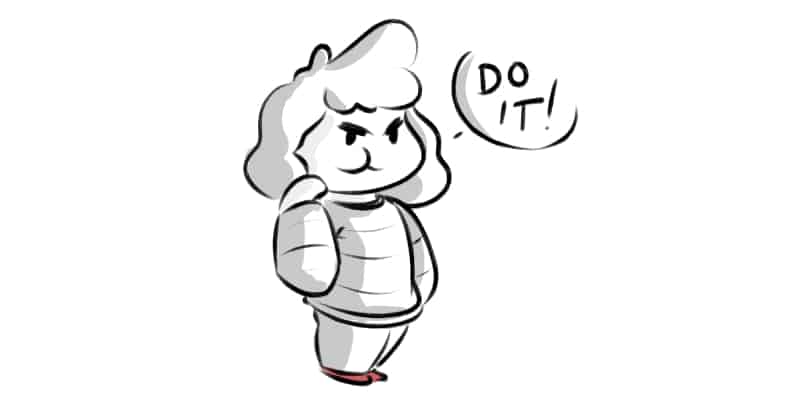
If you haven’t created an art portfolio, do it right now! Start uploading work, adding descriptions and contact information, and just get going.
Don’t overcomplicate things. Platforms nowadays are very user-friendly and will even help you with tutorials and guided assistance.
And if you ever feel stuck, you can contact them to ask for help! Most professional art portfolio website builders have workers ready to help you.
So don’t hesitate to ask for help.
And I want to help you too
There are many options online where you can make a free art portfolio website.
But if you’re looking for free options, I recommend you check my complete article on the best free art portfolio websites here. There you can find the right option for you, including the features of each website, pros and cons, and a rating!
With that said, if you want something quick to get started right now, I highly recommend using Behance and a social media platform such as Tumblr or Instagram.
Patricia Caldeira is the main writer here at Don Corgi. She's an art teacher with over 20.000 happy students across many platforms and courses!
Enjoy your stay and as always:
Keep on drawing!

